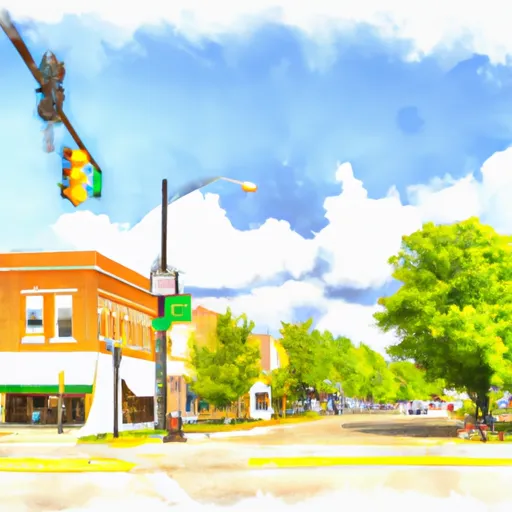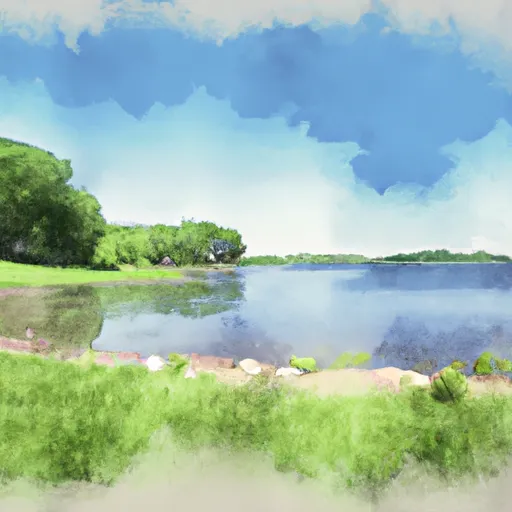°F
°F
mph
Windspeed
%
Humidity











Cherokee, Iowa is a small city situated in the northwest part of the state. The climate in Cherokee is typical of the Midwest, with hot summers and cold winters. The area is characterized by rolling hills and fertile land, and is home to a diverse array of flora and fauna. Hydrologically, Cherokee is situated within the Little Sioux River watershed, which is home to a variety of aquatic species. Outdoor recreation opportunities are plentiful in Cherokee, with nearby options including hiking, fishing, and camping in the Little Sioux River Valley. The area is also known for its hunting and birdwatching opportunities, with a variety of species of game birds and waterfowl present in the region.
Weather Forecast
Cherokee receives approximately 764mm of rain per year, with humidity levels near 82% and air temperatures averaging around 8°C. Cherokee has a plant hardyness factor of 5, meaning plants and agriculture in this region thrive during a short period during spring and early summer. Most plants will die off during the colder winter months.
Regional Streamflow Levels
58
Cubic Feet Per Second
83
Cubic Feet Per Second
24,000
Cubic Feet Per Second
30
Cubic Feet Per Second
Nearby Camping
| Camping Area | Reservations | Toilets | Showers |
|---|---|---|---|
| Pottawattamie County Fairgrounds | |||
| Botna Bend County Park | |||
| Carson City Park | |||
| Arrowhead Park | |||
| Glenwood Lake Park | |||
| Waubonsie State Park |



